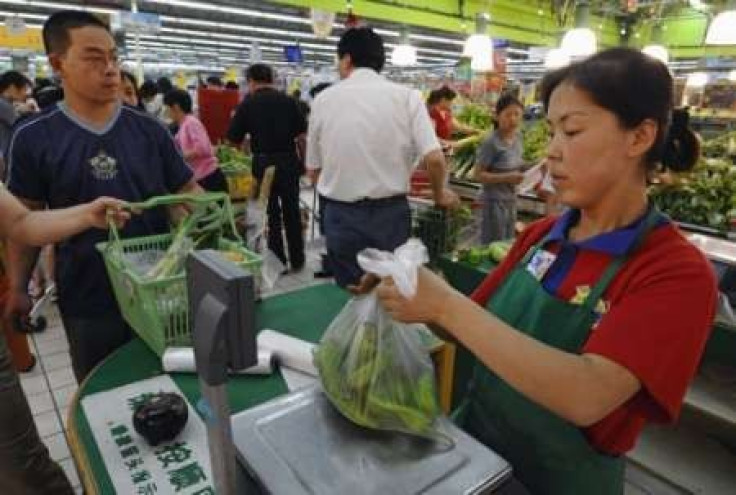China raises RRR to record high, steps up fight against inflation

China is intensifying efforts to fight inflation as it raised the reserve requirement ratio (RRR) for banks on Friday for the fifth time this year and the second time this month.
The RRR, raised by 50 basis points, is now at a record high. It is 18.5 percent for the four big state-owned banks (the Industrial and Commercial Bank of China, China Construction Bank, Bank of China and Agricultural Bank of China), 18 percent for other large banks, and 16 percent for small and medium-sized banks.
On October 19, China's central bank, for the first time in 2010, also raised the benchmark deposit rate by 25 basis points to 2.25 percent and benchmark lending rate by 25 basis points to 5.56 percent.
There was some speculation China would raise interest rates again on Friday, but central bank officials decided not to do it.
China has recently stepped up its effort to fight inflation as food prices soar and the inflation-adjusted savings rate remains negative.
The latest government statistics show that year-on-year, October consumer prices surged 4.4 percent and food prices rose an astonishing 10.1 percent. Year-on-year food inflation came in at 8.0 percent in September, 7.5 percent in August, and 6.8 percent in July.
Officials are concerned because the average Chinese citizen spends about one-third of his consumption purchases on food. For poorer citizens, that percentage is even higher.
On Wednesday, the Chinese government also announced policy guidelines to combat food inflation. Some specific measures include price controls, increased food subsidies, and putting up government reserves of food for sale.
Email Hao Li at hao.li@ibtimes.com
© Copyright IBTimes 2024. All rights reserved.











